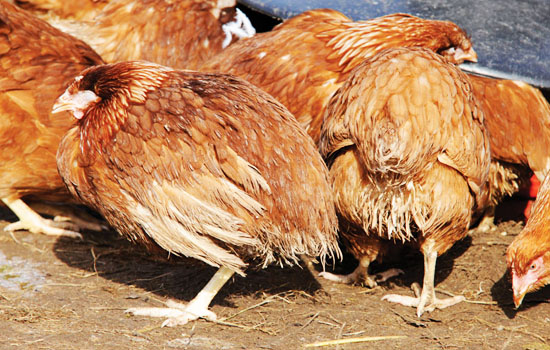Broiler coli disease is a common acute intestinal infectious disease in broiler production. The etiology of E. coli in broiler chickens is described below.
1.source.
After 3 to 5 days of feeding, the chicks had obvious E. coli disease and typical pathological changes, mainly due to infection by the breeder farm, hatchery, and contaminated
transportation tools. And it was positively correlated with the occurrence of omphalitis and chicken plague.
2. Feeding.
At present, most broiler chicken farms (households) still use self-ingredients as the main ingredient, and lack the necessary tests for raw materials, resulting in the onset of
disease caused by feeding contaminated feeds; some old farms (households) are seriously contaminated with E. coli due to environmental pollution. Excessive infection.
3. Air supply.
In the case of poor ventilation during the winter, severe infections such as NH3, CO2, soot, and dust in the broiler house resulted in a decrease in broiler resistance to E.
coli infection.
4. Secondary.
As the pathogenic E. coli is widely distributed in chicken farms, deterioration of hygienic conditions, abrupt climate changes, stress and other factors induce mycoticosis,
coccidiosis, infectious bronchitis, etc., resulting in secondary E. coli causing mixed infection.
